#middle kingdom
Text
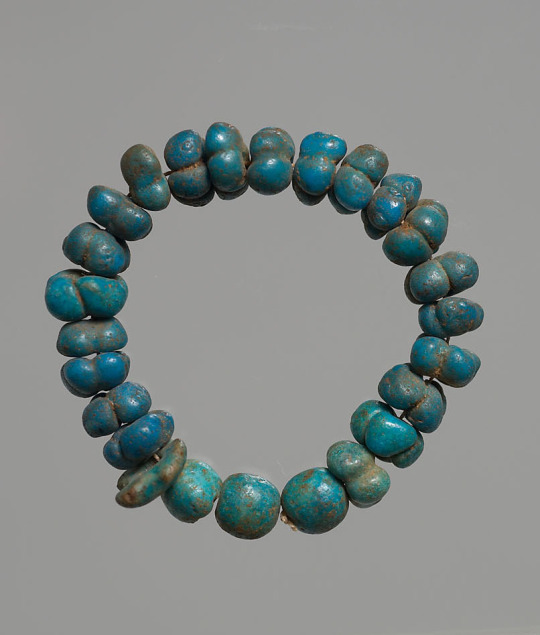

~ Bracelet.
Culture: Egyptian
Period: Middle Kingdom; 12th Dynasty
Date: ca. 1900 B.C.
Place of origin: El-Kubanija North, grave 15 l 1, (Grave of a girl)
Medium: Faience, blue-green
#ancient#ancient art#history#museum#archeology#ancient egypt#ancient history#archaeology#ancient jewelry#egypt#egyptian#bracelet#12th Dynasty#middle kingdom#El-Kubanija#grave of a girl#ca. 1900 b.c.
1K notes
·
View notes
Text

Nile Catfish Pendant
Egyptian, ca. 1985-1773 BCE (Middle Kingdom, 12th dynasty)
This fish pendant represents a Synodontis Batensoda, more commonly known as the Nile catfish, a species of fish named for its black belly. Often worn at the end of a plait of hair, amulets like this one were used by children and young women to protect against drowning. This fine amulet is made of gold with stone inlays, including a red stone for the right eye and a green stone for the left. Amulets in the form of the Synodontis Batensoda were particularly popular during the Middle Kingdom, when the fish might have been identified with an astronomical constellation.
#artifact#Egypt#middle kingdom#pendant#gold#ceramic#chalcedony#turquoise#carnelian#lapis lazuli#black stone
686 notes
·
View notes
Text
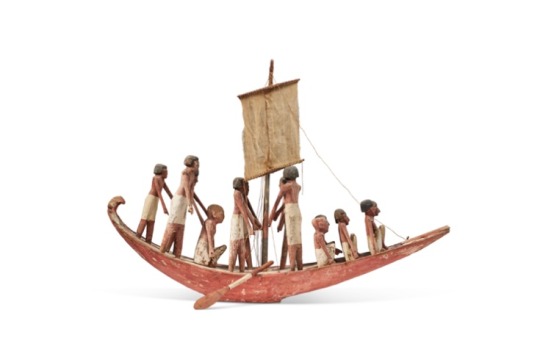

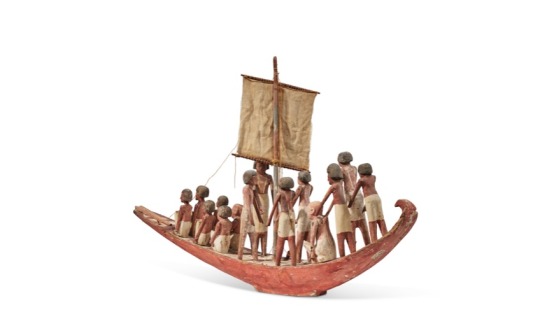
AN EGYPTIAN GESSO-PAINTED WOOD FUNERARY MODEL OF A BOAT
MIDDLE KINGDOM, 11TH-12TH DYNASTY, 2087-1759 B.C.
#AN EGYPTIAN GESSO-PAINTED WOOD FUNERARY MODEL OF A BOAT#MIDDLE KINGDOM#11TH-12TH DYNASTY#2087-1759 B.C.#ancient artifacts#archeology#archeolgst#history#history news#ancient history#ancient culture#ancient civilizations#ancient egypt#egyptian history#egyptian mythology#egyptian art
408 notes
·
View notes
Text

Ancient Egyptian Hieroglyphs, 1968
White Chapel of Senusret I, Karnak Open Air Museum
Photo: Brian Brake
719 notes
·
View notes
Photo
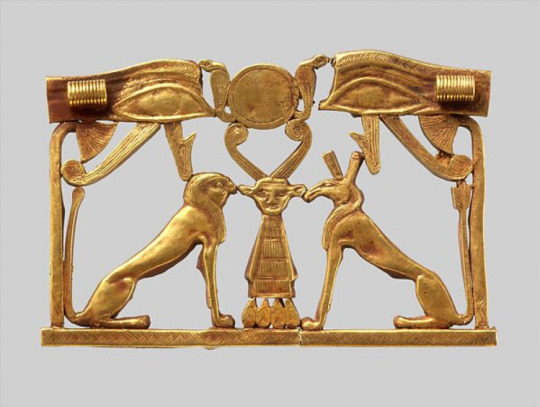
A Middle Kingdom pectoral with Horus and Set as sphinxes. Formerly displayed at the Met.
493 notes
·
View notes
Photo

Model of workers grinding grain and butchering cattle
Egypt, Middle Kingdom (ca. 2030-1650 BCE)
Ny Carlsberg Glyptotek, Copenhagen
393 notes
·
View notes
Text
You've all seen the 4th Dynasty beadnet dress now, but what if I could further interest you in the 12th Dynasty faience beadwork apron of Senebtisi:

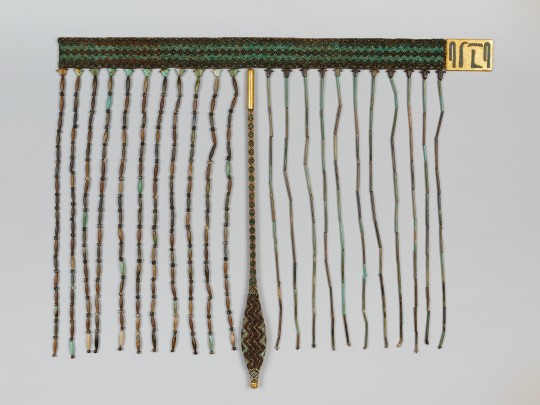

The apron is made out of faience beads in various shapes. The two sides have distinct motifs: the right side (viewer's left) is made from long round tube beads with lotus-shaped beads at the top beneath the belt, and the left side consists of elongated barrel beads separated by dogbone beads, topped with papyrus-shaped beads.
The sides are separated by a gold-coloured, rectangular buckle carrying Senebtisi's name in hieroglyphs (read from right to left) at the front, and by a gold-capped tail comprised of small rondelle beads at the back.
Not much is known about Senebtisi. She was buried at Lisht with a large array of expensive grave goods, and this apron may indicate a royal connection.
#faience friday#ancient egypt#egyptology#lady senebtisi#middle kingdom#the small orange attachment is a carnelian falcon amulet
307 notes
·
View notes
Text

Ancient Egyptian model boat (painted wood) belonging to one Ukhhotep. Artist unknown; ca. 1981-1802 BCE (12th Dynasty, Middle Kingdom). Now in the Metropolitan Museum of Art.
#art#art history#ancient art#Egypt#Ancient Egypt#Egyptian art#Ancient Egyptian art#model#boat model#woodwork#carving#12th Dynasty#Middle Kingdom#Metropolitan Museum of Art
380 notes
·
View notes
Photo
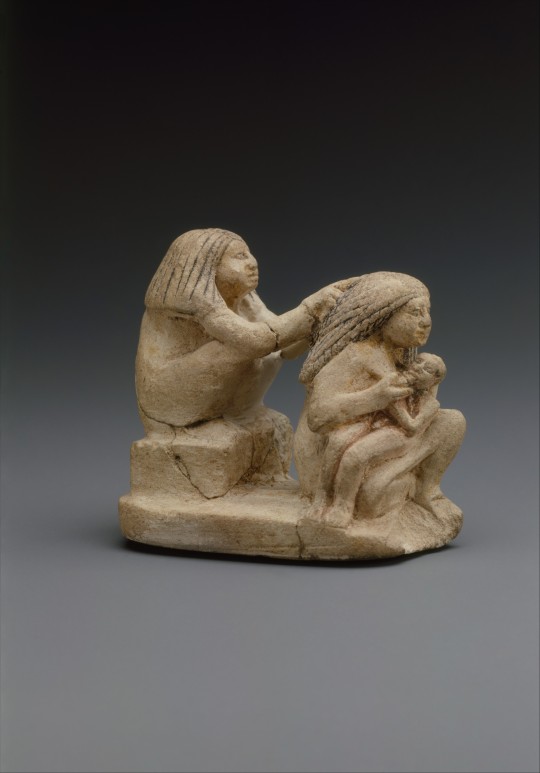


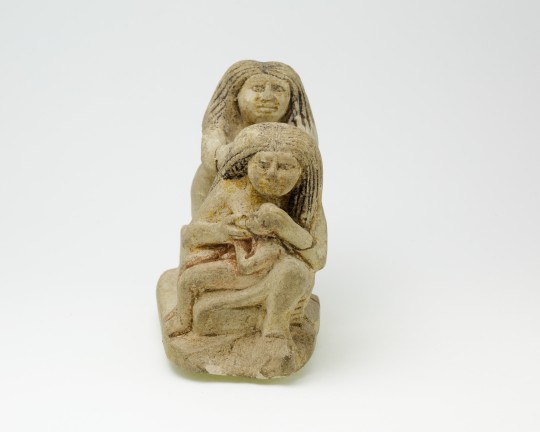
Group of two women and a child,
Middle Kingdom–Early New Kingdom, ca. 1981–1500 B.C.
Limestone, paint
H. 7.1 cm (2 13/16 in.); W. 4.3 cm (1 11/16 in.); L. 8.2 cm (3 1/4 in.)
Courtesy: The Met
#art#design#sculpture#egypt#women#mother's day#child#limestone#paint#middle kingdom#new kingdom#themet#style#history
155 notes
·
View notes
Text
#21 The Striga

I don't know this guy, I'm still halfway through the books (starting to read hoole's story), but here he is.
I made him because of a request on instagram btw
#my art#gog#gog design#ga’hoole#ga’hoole design#owls of ga'hoole#guardians of gahoole#the striga#the Striga gog#orlando#Panqua Palace#Middle Kingdom#Southern kingdoms#dragon owl#the great tree#the wiki says that he is turquoise.#so…. you know#the great ga’hoole tree
135 notes
·
View notes
Text
Despite attempts to wipe her from the historical record, Sobekneferu’s name persists. She is the first known official female pharaoh, but much of her controversial rule remains a mystery.
22 notes
·
View notes
Text
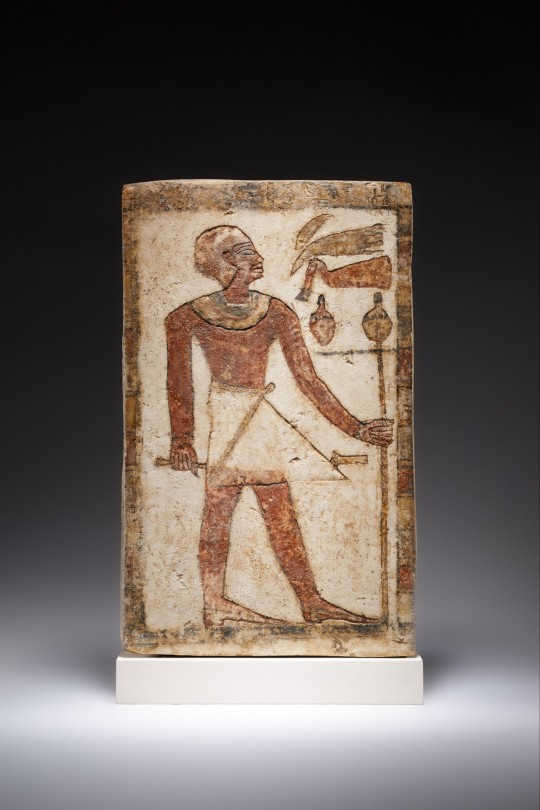
~ Stela of a Man.
Period: Middle Kingdom, 11th Dynasty
Date: ca. 2030–1981 B.C.
Place oforigin: Egypt, Upper Egypt, Thebes, Deir el-Bahri, Cemetery 100, Tomb TT 114, MMA excavations, 1926–27
Medium: Limestone, paint
#ancient#ancient art#history#museum#archeology#ancient egypt#ancient sculpture#ancient history#archaeology#egyptian#egyptology#Egypt#stela of a man#11th Dynasty#middle kingdom#thebes#ca. 2030 b.c.#ca. 1981 b.c.
604 notes
·
View notes
Text
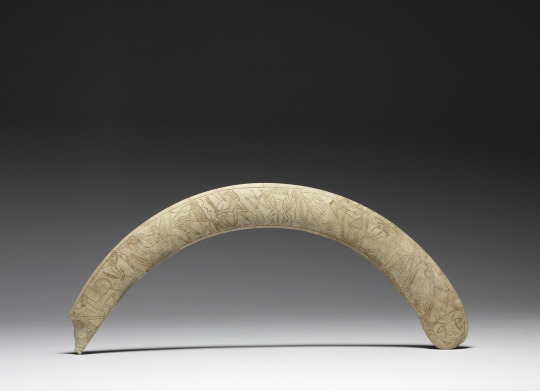
Magic Wand Depicting a Procession of Deities
Egyptian, ca. 1880-1700 BCE (Middle Kingdom, late 12th-13th dynasty)
The curve of this wand follows that of the hippopotamus tusk from which it was made but its flat form is reminiscent of the curved throwing sticks used to catch fowl. Powerful protective deities, such as Taweret and Bes, are depicted together with protective uraeus serpents and other mythical creatures. Many of the figures brandish knives to dispel evil spirits.
101 notes
·
View notes
Text

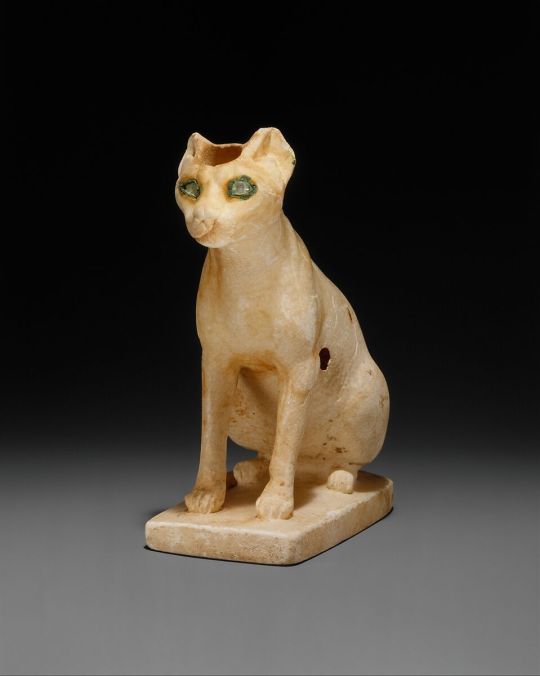
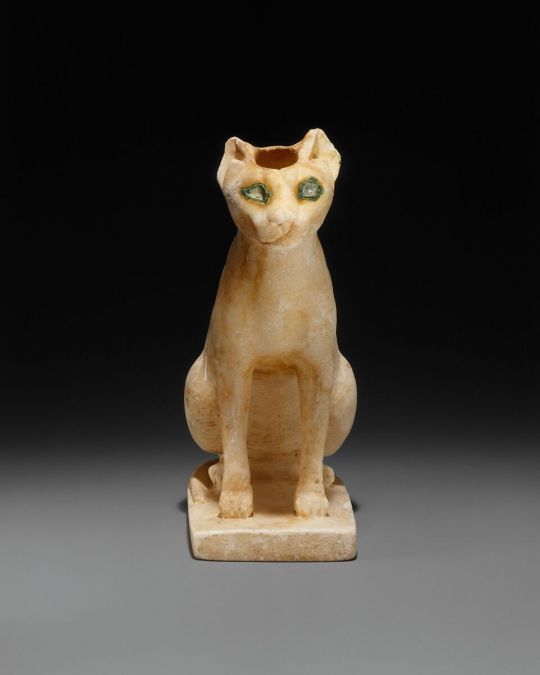
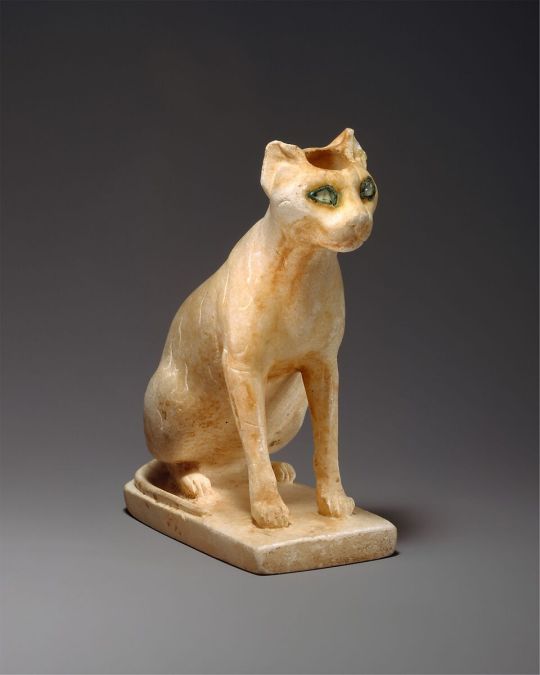
Cosmetic Vessel in the Shape of a Cat
Middle Kingdom
Ca. 1990–1900 B.C.
Egypt
The cat first appears in painting and relief at the end of the Old Kingdom, and this cosmetic jar is the earliest-known three-dimensional representation of the animal in Egyptian art. The sculptor demonstrates a keen understanding of the creature's physical traits, giving the animal the alert, tense look of a hunter rather than the elegant aloofness seen in later representations. The rock-crystal eyes, lined with copper, enhance the impression of readiness.
Travertine (Egyptian alabaster), copper, quartz crystal, paint.
H. 14 (5 1/2 in.); l. 13.7 cm (5 3/8 in.); w. 6.2 cm (2 7/16 in.).
#Cosmetic Vessel in the Shape of a Cat#middle kingdom#Ca. 1990–1900 B.C.#Egypt#sculpture#egyptian sculpture#ancient artifacts#archeology#archeolgst#history#history news#ancient history#ancient culture#ancient civilizations#ancient egypt#egyptian art
159 notes
·
View notes
Text

Sphinx of Amenemhat III
Middle Kingdom, 12th Dynasty, ca. 1860-1814 BC.
Gray granite. From Tanis.
Egyptian Museum, Cairo. JE 15210
Read more
261 notes
·
View notes
Text

Egyptian magic wand with a very early griffin by Peter on Flickr. At the Louvre.
62 notes
·
View notes